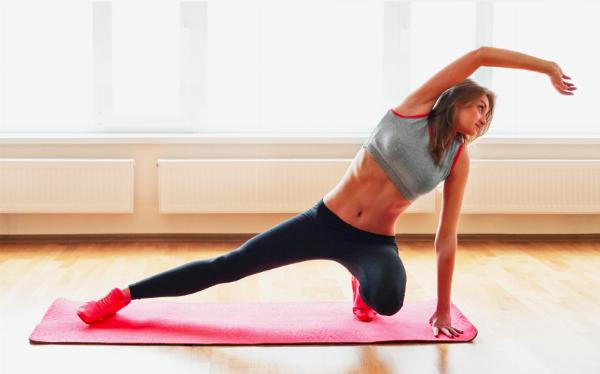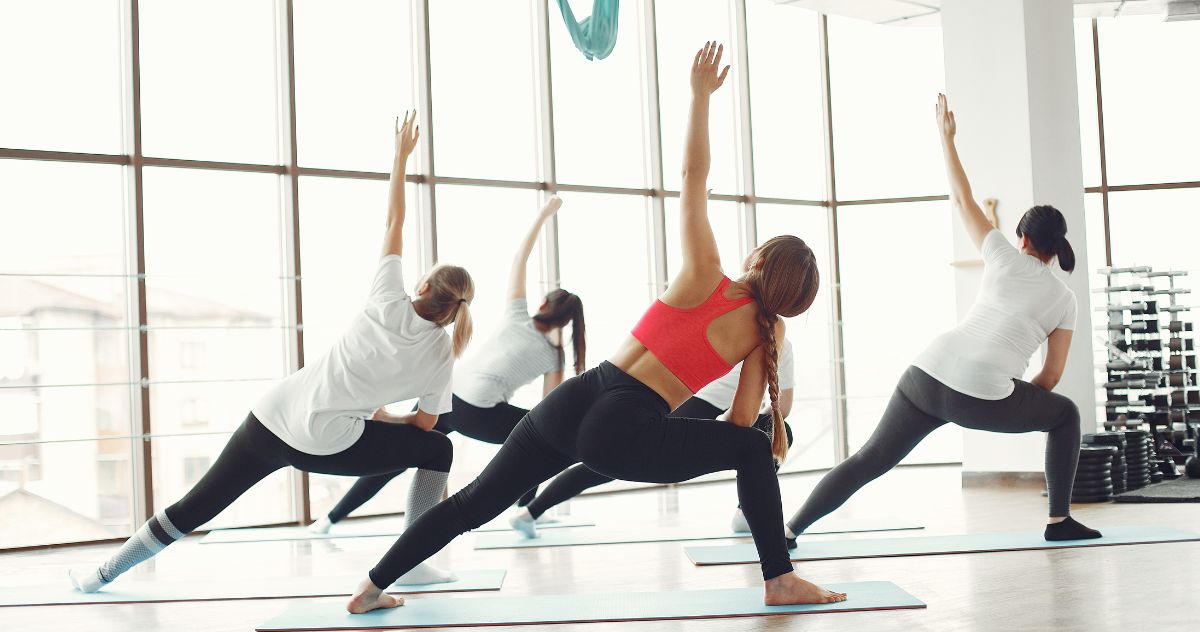Yoga Mats: The Ideal Friend for Your Asana Practice

Strong 8k brings an ultra-HD IPTV experience to your living room and your pocket.
Yoga is a practice that has been around for centuries, offering a multitude of physical, mental, and spiritual benefits. Whether you're a seasoned yogi or just starting, one essential accessory you'll need is a yoga mat. Yoga mats improve your practice overall by offering a comfortable and sturdy platform. In this comprehensive guide, we'll explore the different types of yoga mats, their benefits, and how to choose the right one for you.
Benefits of Using a Yoga Mat
A yoga mat is more than just a piece of equipment; it's your personal space for practice. Here are some key benefits of using a yoga mat:
Stability and Support: A yoga mat provides a stable and supportive surface for your yoga practice, helping you maintain balance and alignment in poses.
Comfort: Yoga mats offer cushioning for your joints, making floor poses more comfortable and accessible.
Hygiene: Using your own mat ensures you're practicing on a clean surface, especially important in shared yoga spaces.
Grip: Most yoga mats are designed with a textured surface to provide traction and prevent slipping, even during sweaty sessions.
Insulation: Mats provide insulation from cold or hard floors, ensuring a more comfortable practice, especially in cooler environments.
Types of Yoga Mats
There are several types of yoga mats available, each with its own unique features and benefits. Here are some popular options:
Natural Rubber Yoga Mats: Made from eco-friendly rubber, these mats offer excellent grip and durability. They're also biodegradable, making them a sustainable choice.
PVC Yoga Mats: PVC mats are known for their durability and affordability. They provide good cushioning and grip, making them suitable for beginners.
TPE Yoga Mats: Thermoplastic elastomer (TPE) mats are lightweight and easy to clean. They offer good cushioning and grip, making them a popular choice for yogis on the go.
Cork Yoga Mats: Cork mats are antimicrobial and provide natural cushioning. They offer excellent grip, even when wet, making them ideal for hot yoga practices.
Jute Yoga Mats: Jute mats are eco-friendly and provide a natural, textured surface for your practice. They offer good grip and durability.
How to Choose the Right Yoga Mat
Choosing the right yoga mat depends on several factors, including your practice style, preferences, and budget. Here are some key considerations:
Thickness: Thicker mats provide more cushioning, which can be beneficial for sensitive joints. However, thicker mats may be less stable for balancing poses.
Material: Consider the material of the mat, keeping in mind factors such as grip, eco-friendliness, and durability. Natural rubber and TPE mats are eco-friendly options, while PVC mats are more affordable.
Texture: Look for a mat with a textured surface for better grip. The texture should provide enough traction to prevent slipping, even during sweaty sessions.
Stickiness: A sticky mat is essential for maintaining balance and alignment in poses. Look for a mat that offers good grip without being too sticky.
Size: Choose a mat that is long and wide enough for your body size. While 68 inches long and 24 inches wide is the typical size of a regular mat, larger people might prefer a longer mat.
Eco-friendliness: If sustainability is important to you, consider mats made from natural or recycled materials. These mats are biodegradable and reduce your environmental impact.
Maintenance and Care
Proper maintenance and care of your yoga mat will ensure its longevity and hygiene. Here are some tips:
Cleaning: Regularly clean your mat with a gentle cleanser and water. Avoid using harsh chemicals that can damage the mat's surface.
Drying: Allow your mat to air dry completely before rolling it up. Avoid direct sunlight, as it can cause the mat to deteriorate over time.
Storage: When not in use, store your mat in a cool, dry location. Avoid storing it in damp or humid environments, as this can promote mold growth.
Alternatives to Yoga Mats
If you don't have access to a yoga mat, there are several alternatives you can use:
Towels: A thick towel can provide cushioning and support for your practice. Look for towels specifically designed for yoga, as they are often more absorbent and grippy.
Blankets: A folded blanket can provide cushioning for seated poses and support for restorative poses. Choose a blanket that is thick and soft for comfort.
Rugs: A non-slip rug can provide a stable surface for your practice. Look for rugs with a tight weave and non-slip backing for added stability.
Conclusion
Yoga mats are essential accessories for anyone practicing yoga, providing comfort, support, and stability during poses. With so many options available, it's important to choose a mat that suits your needs and preferences. Consider factors such as material, thickness, texture, and eco-friendliness when selecting a mat. Proper maintenance and care will ensure your mat lasts for years to come, providing a stable and comfortable surface for your yoga practice.
Note: IndiBlogHub features both user-submitted and editorial content. We do not verify third-party contributions. Read our Disclaimer and Privacy Policyfor details.







